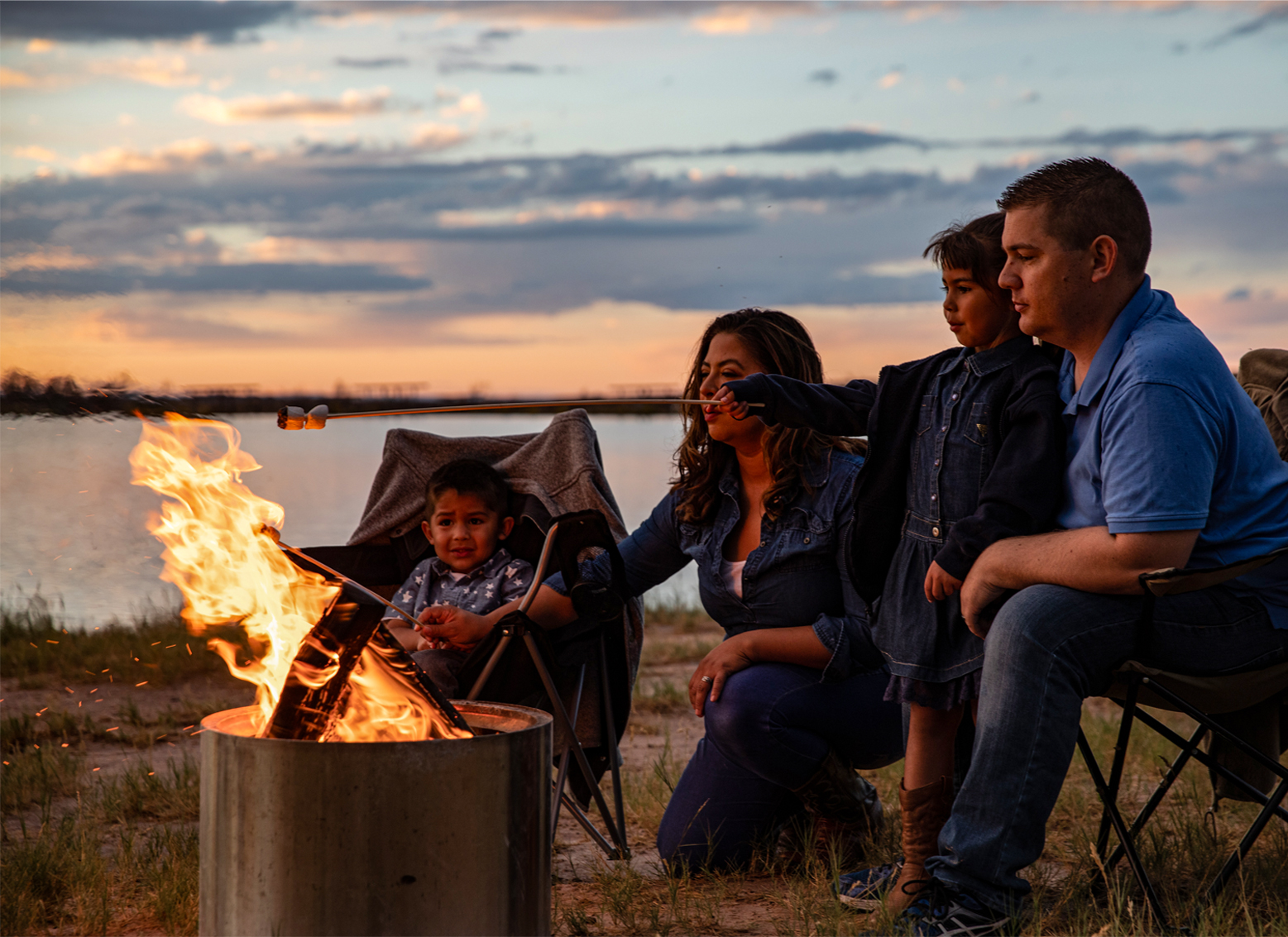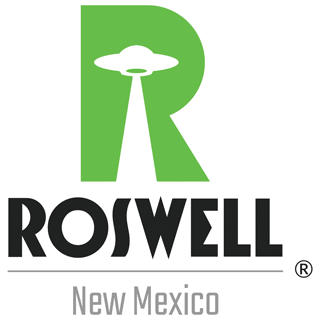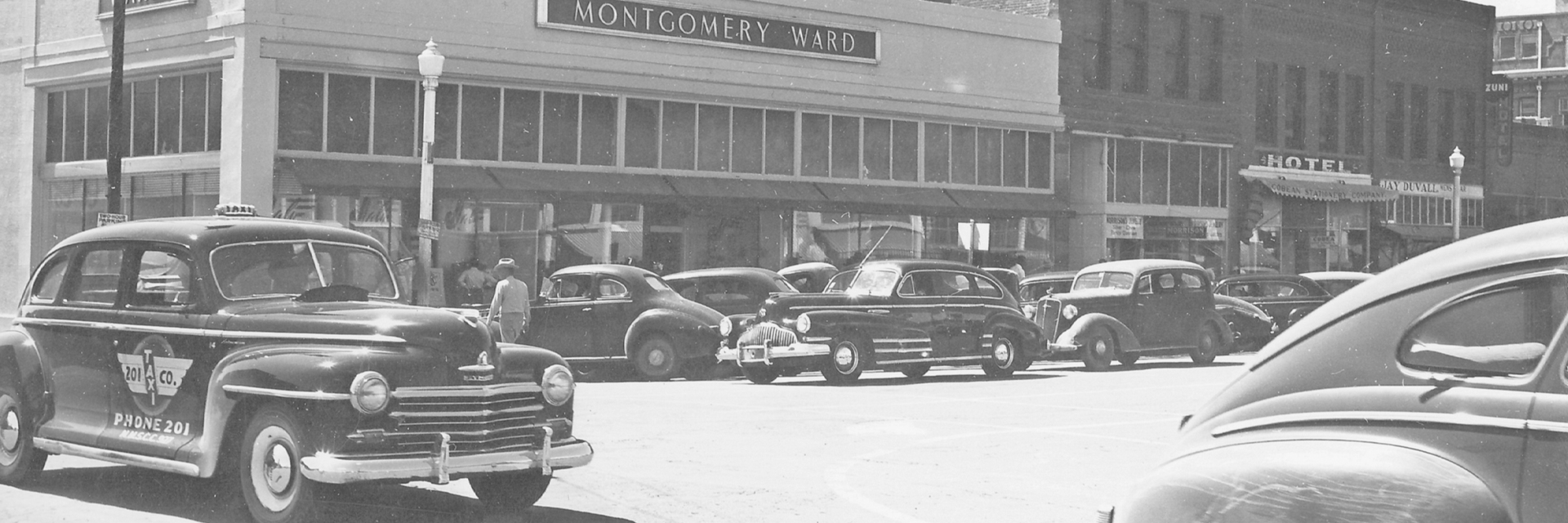
ROSWELL
PAST AND PRESENT
Located in Chaves County, Roswell is a growing city that is home to a thriving population of almost 50,000 residents.
Roswell is well-known not only for aliens, but for local hospitality in welcoming new residents and visitors alike.
-
1865
Cowboy Country 1865
The first non-indigenous or Hispanic settlers of the area around Roswell were a group from Missouri, who attempted to start asettlement 15 miles (24 km) southwest of what is now Roswell in 1865 but were forced to abandon the site because of a lack of water. Itwas called Missouri Plaza. John Chisum had his famous Jingle Bob Ranch about 5 miles (8 km) from the center of Roswell, at SouthSpring Acres. At the time it was the largest ranch in the United States.
Van C. Smith, a businessman from Omaha, Nebraska, and his partner, Aaron Wilburn, constructed two adobe buildings in 1869 that began what is now Roswell. The two buildings became the settlement’s general store, post office, and sleeping quarters for payingguests. In 1871, Smith filed a claim with the federal government for the land around the buildings, and on August 20, 1873, he becamethe town’s first postmaster.
Van C. Smith was the son of Roswell Smith, a prominent lawyer in Lafayette, Indiana, and Annie Ellsworth, daughter of U.S. Patent Commissioner Henry Leavitt Ellsworth. He called the town Roswell, after his father’s first name.
In 1877, Captain Joseph Calloway Lea and his family bought out Smith and Wilburn’s claim and became the owners of most of the land ofRoswell and the area surrounding it. The town was relatively quiet during the Lincoln County War (1877–1879). A major aquifer wasdiscovered when merchant Nathan Jaffa had a well drilled in his back yard on Richardson Avenue in 1890, resulting in the area’s firstmajor growth and development spurt. On February 25, 1889, the New Mexico Legislature decided to carve Chaves and Eddy Countiesfrom Lincoln County. In 1889 Roswell became the seat of Chaves County and a railroad was built through town in 1893.
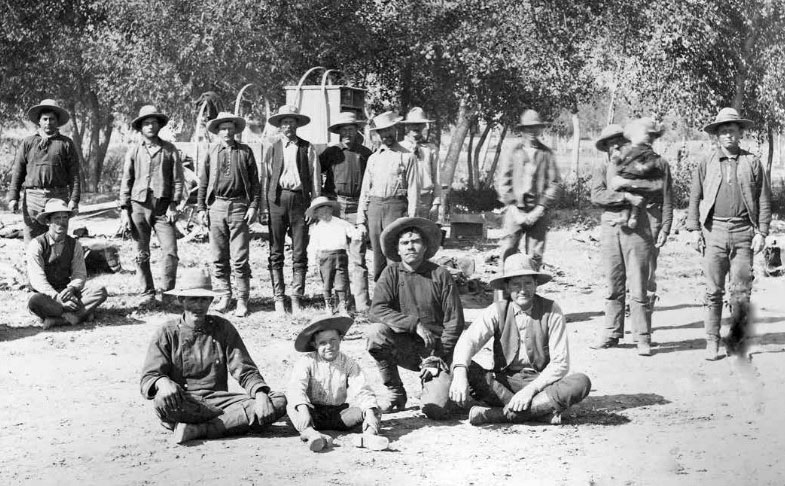
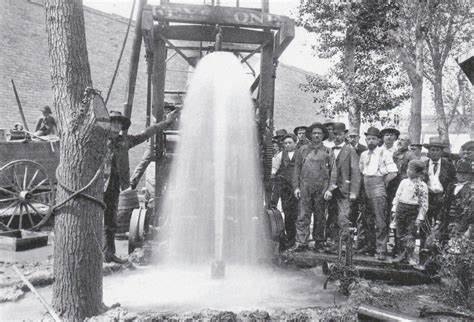
-
1891
New Mexico Military Institute (NMMI)
Roswell has been the home to New Mexico Military Institute since 1891. This four year high school and two year junior college has beenthe breeding ground for many, many talented young men and women in Roswell, New Mexico, and the United States. Among its mostnotable graduates are Conrad Hilton, Roger Staubach, and Sam Donaldson. Will Rogers, had a son who also went to NMMI, and once saidthat Roswell was the prettiest little town west of the Pecos. This school contributed to New Mexico becoming a state in 1912. It also holdsa long history of appointing its graduates to West Point and other military academies, as well as important appointments in the nation’sillustrious military forces.
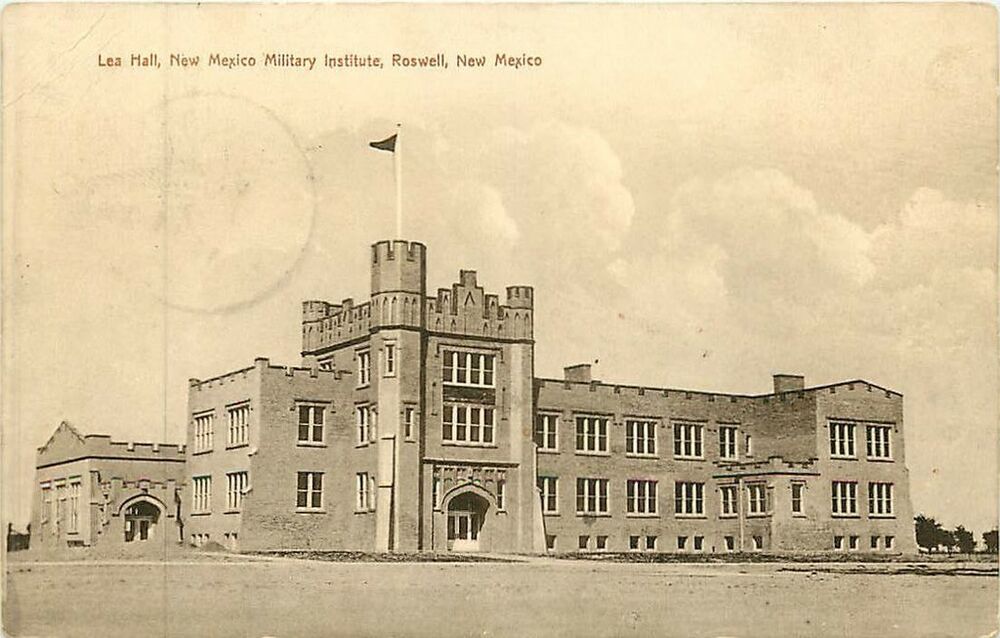
-
1899
Blackdom
In 1899, inspired by his father Henry’s descriptions of New Mexico, Francis Boyer left his family in Georgia and accompanied by two companions, started walking west to find an area where they could settle and build a community. Eventually they found a suitable areain southeastern New Mexico and the community of Blackdom was founded. It was located fifteen miles south of Roswell. The town was incorporated in 1903 by thirteen African Americans which formed the Blackdom Townsite Company. Its goals were unusual among other towns incorporated in the area in that the articles of incorporation explicitly state that they would establish a system of education and would “improve the health, welfare and prosperity of such inhabitants.”
The community’s exact population is unknown, but estimates suggest between 150 and 300 persons. The residents of Black domestablished a community school, initially housed in the church. Many lived on farms, but Blackdom also developed a small village that gained its own US post office in 1912. The village opened a store, a new church, a pumping plant, and an office building.
The area began to empty out in the 1920s after a few years of less than average rainfall and low crop prices post-World War I. Oil speculators gave the remaining residents some hope of prosperity but the fields were not commercially viable, prompting oil activity in the Roswell Basin to come to an end. The Great Depression spelled the final decline of the town.
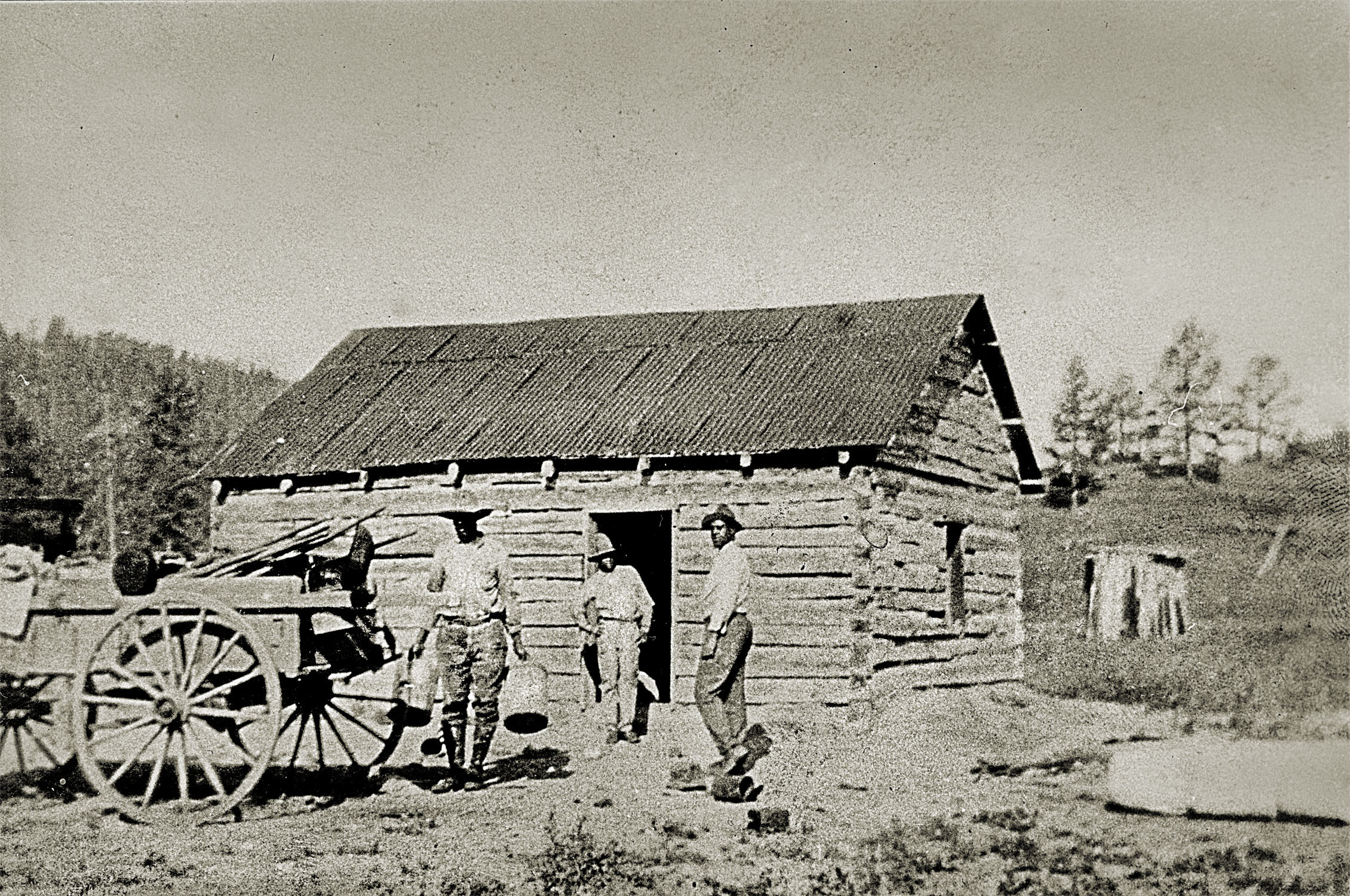
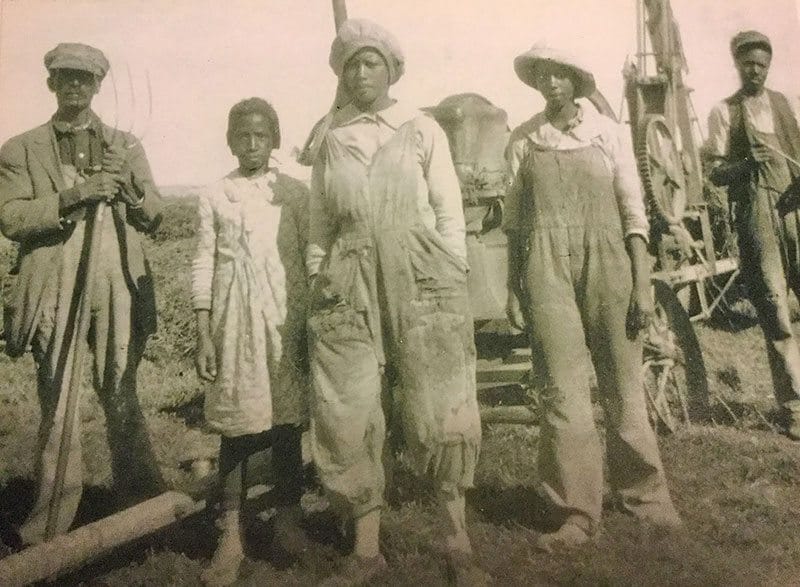
-
1930
The Father of Modern Rocketry
In the 1930s, famed record-breaking aviator Charles Lindbergh and financier Harry Guggenheim were looking to find a location for scientist Dr. Robert H. Goddard’s rocket experiments which led them to Roswell. The area provided an ideal desert climate for Goddard’s poor health to rebound as well as plenty of open land to work on his experiments in secret. Goddard remained for 12 years working on record-breaking rocket launches. After his passing in 1945, Goddard’s widow, Esther, began making a series of gifts to theRoswell Museum and Art Center of her husband’s rocket technology and in 1969 the Robert H. Goddard wing was dedicated. You can enjoy this exhibit, a faithful replica of Goddard’s original workshop, year around at the Roswell Museum.
The 20th century continued kept Roswell on the map, first with the Air Force continuing experimental flight training – and, if you believein it or not – the UFO crash in 1947.
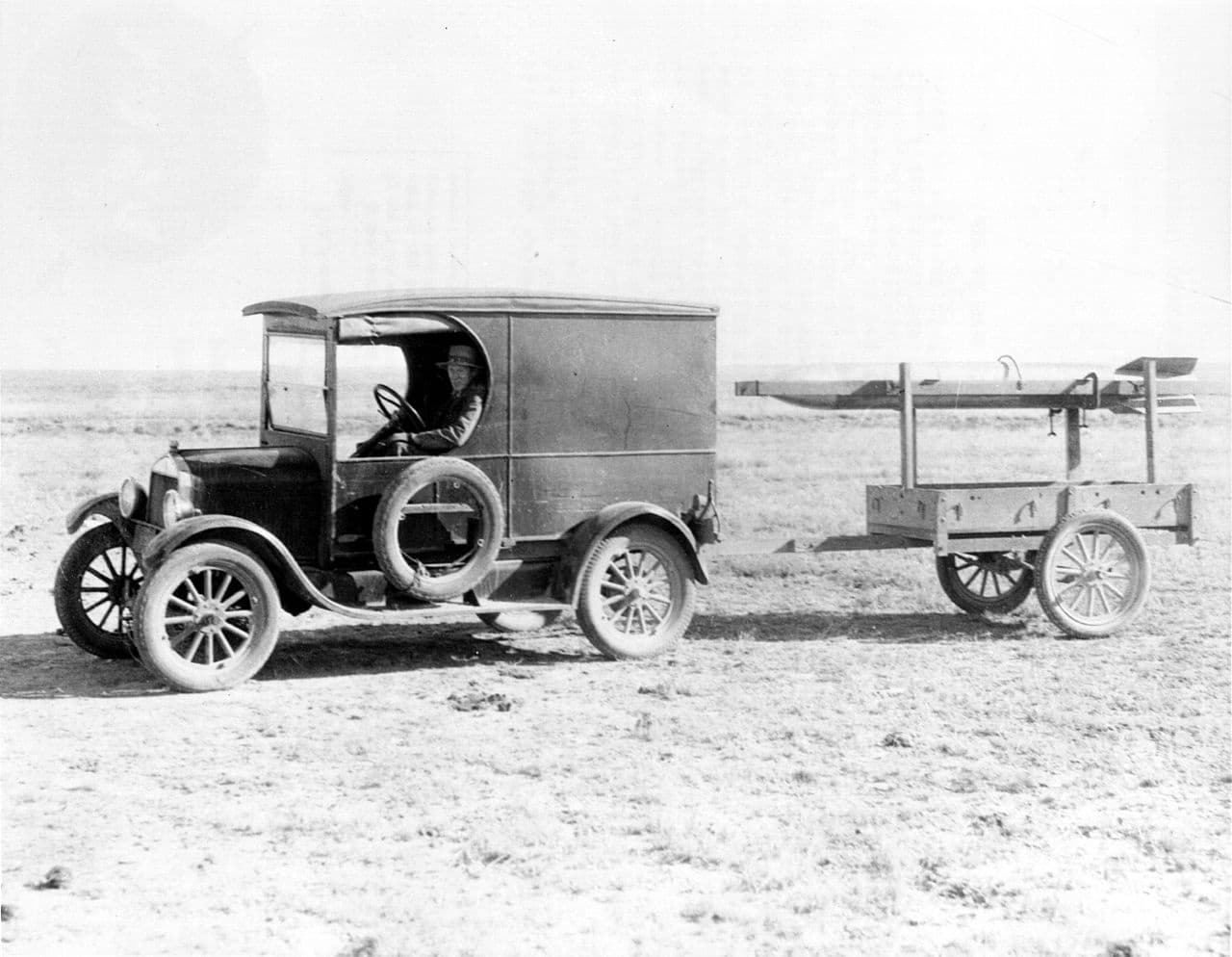
-
1947
The Roswell Incident
In July 1947, something happened northwest of Roswell during a severe thunderstorm. Was it a flyingsaucer? Was it a weather balloon? What happened?
Rediscovering the Mystery
The answer is, nothing for many years, until leading UFO researcher Stanton Friedman came across the story in the early 1980s and began the search for information and witnesses. That research brought him to Roswell looking for the public information officer who had been at Roswell Army AirField in 1947. That officer was Lt. Walter Haut. He still lived in Roswell and remembered the pressrelease and the orders from his commanding officer.Friedman’s investigation also led to many others, both military and private, who had information to add to the Roswell Incident story. Stepping into the picture very strongly in the late 1980s were Don Schmitt, Kevin Randle and Tom Carey. since then, Schmitt and Carey have dedicated their research toRoswell.
The Story
When cowboy W.W. “Mack” Brazel and foreman of the Foster Ranch near Corona, 75 miles (120 km) north of Roswell, rode out to check on his sheep the morning after a particularly violent thunderstorm in early July 1947, he and his young neighbor Dee Proctor found a wide swath of strange debris spread across the prairie. Brazel collected several pieces of wood, metal, and foil that he later showed the parents of his young friend. They urged him to report his find to the authorities.On Sunday July 6, Brazel drove into Roswell bringing his story and some of the debris to Sheriff George Wilcox in his office next to the jail at the back of the Chaves County Courthouse. The sheriff was not particularly interested, but did telephone the Roswell Army Air Field in case this indicated acrashed airplane.
The recovered debris was gathered by the military from the Roswell Army Air Field under the direction of base intelligence officer Major Jesse Marcel. On July 8, 1947, public information officer Lt. WalterHaut issued a press release under orders from

-
1967
Forging New Ground in Air and Space Travel
In 1967, Walker Air Force Base was decommissioned and the city had to reinvent itself. Walker Air Force Base became the Roswell Air Center which serves as a regional airport with daily flights to and from Dallas/Fort Worth and Phoenix in addition to supporting other aviation-related businesses. As an airplane storage facility, it stored hundreds of jetliners at the peak of the COVID-19 lockdown in 2020.
In 2012, Roswell made history and again became the center of science and adventure, when “Fearless” Felix Baumgartner departed fromthe Roswell Air Center in a balloon up into the stratosphere, jumping from a world record 128,100 ft. (39,045 meters) and returnedsafely back to Earth. Baumgartner also set the record for the highest manned balloon flight and fastest speed of a freefall at 834 mph (1,342 kilometers per hour), making him the first human to break the sound barrier outside of a vehicle.
Roswell capitalizes on its pleasant climate and as a great place to live, work and visit. What will the future hold? Based on our history, the city will continue to be an off-the-beaten-path yet ideal place for adventure and innovation.
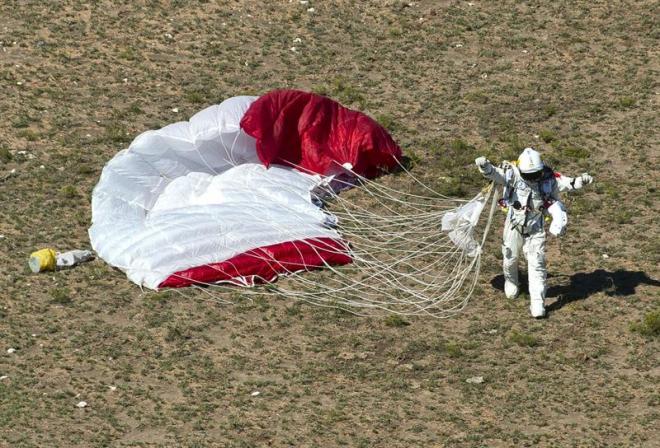
-
present
